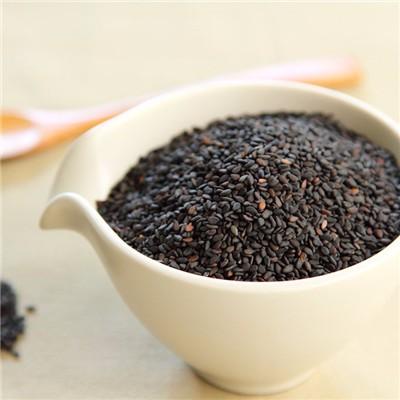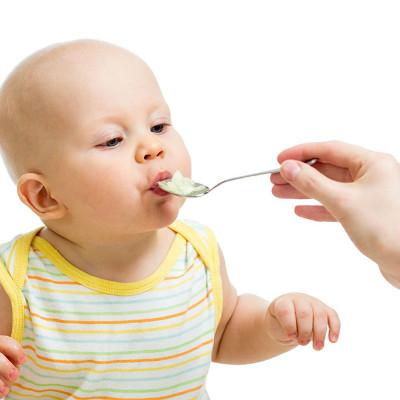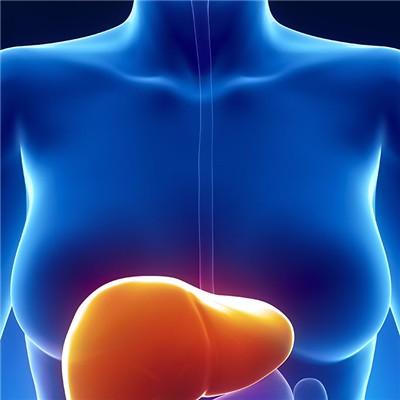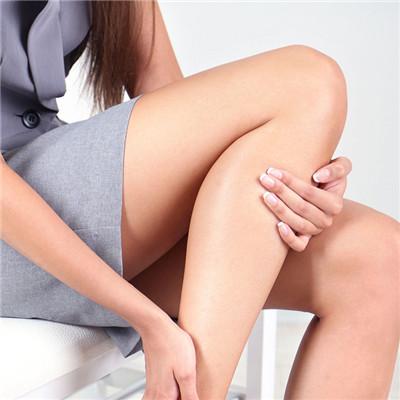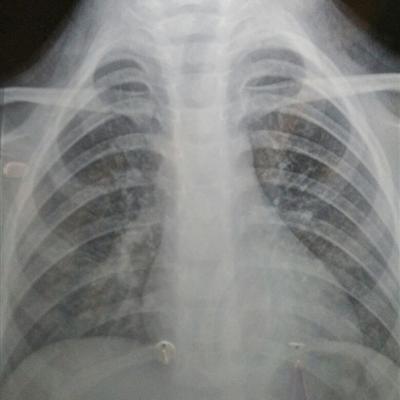Symptoms of gout in traditional Chinese Medicine
summary
After eating a lot of seafood, meat (especially broth), drinking beer and sugary drinks, some people will have severe pain and swelling of the big toe (first metatarsophalangeal joint) and the whole instep at night. The most direct symptom of gout patients is unbearable pain, patients are often difficult to sleep, and even pain can not cover the quilt, can not walk down after getting up. Some patients' body temperature will reach 38 ℃, 39 ℃, and sometimes there will be shivering, burnout, anorexia, headache and other symptoms. These symptoms indicate that you have gout. Let's talk about the symptoms of gout in traditional Chinese medicine.
Symptoms of gout in traditional Chinese Medicine
Hyperuricemia: patients in addition to elevated serum uric acid, there will be no clinical symptoms of gout. Early gout: the continuous increase of blood uric acid leads to the sudden attack of acute gouty arthritis. Most people wake up with pain like being cut by a knife in their sleep. It often starts at the first metatarsophalangeal joint. The patient's joint is red and swollen, hot and swollen, and has dyskinesia. They can't cover the quilt and stretch their feet outside. If the affected joint has touch or activity, it will be painful.

Middle stage of gout: gouty arthritis attacks repeatedly and acutely, and gradually affects ankle, knee and other joints. Soft tissue and bone are also damaged to varying degrees, and uric acid crystals are constantly deposited, gradually forming a stone like "gout stone", which is most common in the ear wheel, and also in the first metatarsophalangeal joint, ankle joint, knee joint, etc.
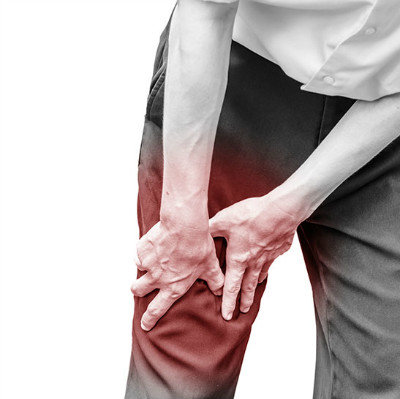
Late gout: Patients with joint deformity and dysfunction is becoming more and more serious, gout stone increased, the volume increased, easy to burst out of white urate crystal. If urate deposits in the kidney, it will form kidney stones, and renal function may be damaged.
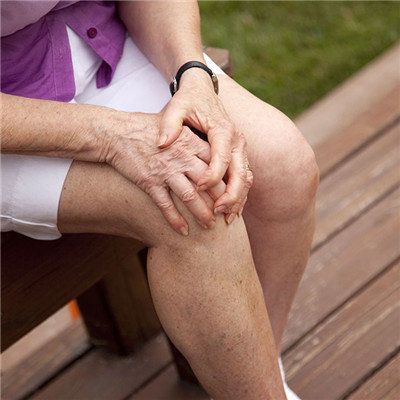
matters needing attention
When gout attacks, if no treatment is taken, it can be relieved within 7-10 days. However, if gout is not treated, the interval between attacks will gradually shorten and the attack period will gradually lengthen. A survey shows that after the first attack of gout, 62% of people relapse after one year, 78% relapse after two years, 84% relapse after three years. If not treated, some people will attack 1-2 times in the first year, and then the chance of attack becomes more and more frequent. Once gout becomes chronic, patients have to face the problems of gout stone, joint deformity, kidney disease and cardiovascular disease.





